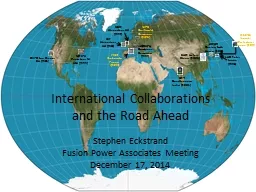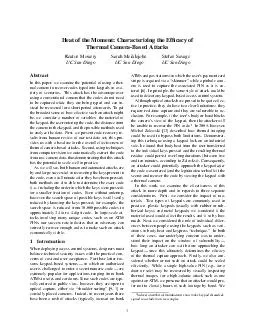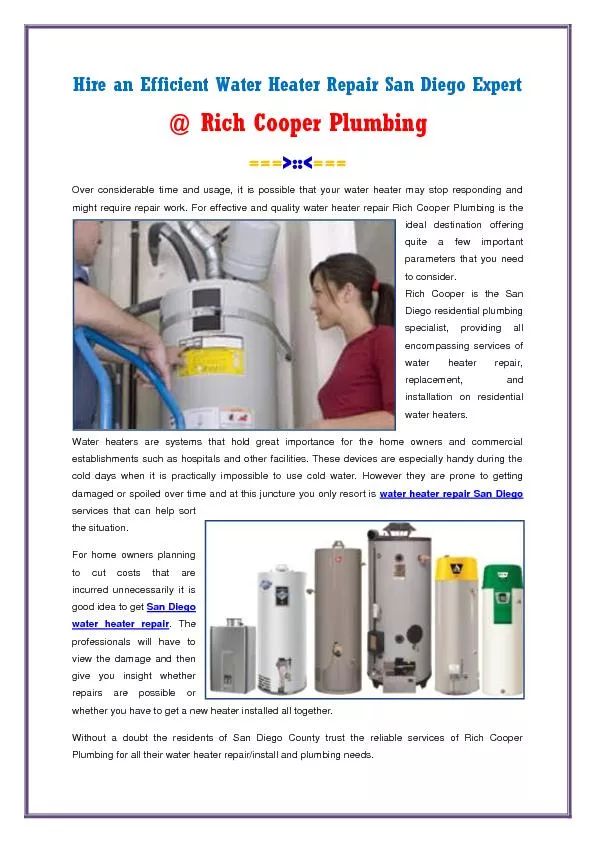PPT-DIII-D San Diego, CA (1986)
Author : lindy-dunigan | Published Date : 2016-09-17
NSTXU Princeton NJ USA 1999 W7X Greifswald Germany 2015 ASDEXU Garching Germany 1991 JET Abingdon UK 1983 MAST Abingdon UK 1997 ITER Cadarache France 2023 EAST
Presentation Embed Code
Download Presentation
Download Presentation The PPT/PDF document "DIII-D San Diego, CA (1986)" is the property of its rightful owner. Permission is granted to download and print the materials on this website for personal, non-commercial use only, and to display it on your personal computer provided you do not modify the materials and that you retain all copyright notices contained in the materials. By downloading content from our website, you accept the terms of this agreement.
DIII-D San Diego, CA (1986): Transcript
Download Rules Of Document
"DIII-D San Diego, CA (1986)"The content belongs to its owner. You may download and print it for personal use, without modification, and keep all copyright notices. By downloading, you agree to these terms.
Related Documents














